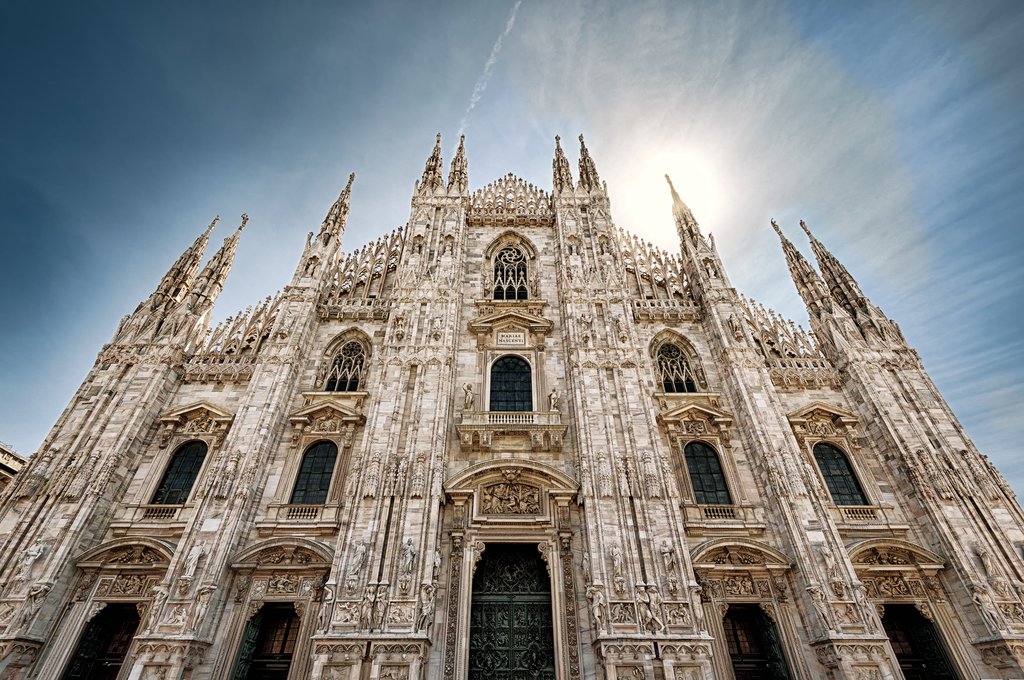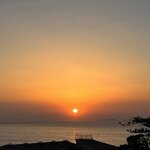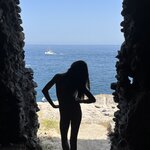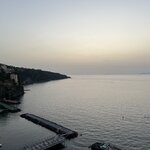Planning Your Trip to Milan
Located in the Lombardy region of north-central Italy is an industrial city with a reputation for shopping and art. But Milan is more than high-end fashion districts and catwalks—it has a history as deep as anywhere else in Italy, including Rome. The site where Milan now sits, in fact, was once the city of Mediolanum, which the Romans conquered back in 222 BCE. At its height, Milan was the seat of power for the Western Roman Empire until the Visigoths besieged the city in 402 ACE.
The historic legacy doesn't end there, however; Milan thrived once again through the Middle Ages, and some of its most famous landmarks from this era are the biggest tourist draws today. Below you'll find the best itineraries to see the major highlight buildings and more, whether you're here for one day or six, plus other incredible locales where you can fill your cup in this, the "Drinkable City."
24 Hours in Milan

First thing, head to the city center and visit the city's major historical landmarks. The Piazza del Duomo should be your starting point, as all major roads in the city lead here. Sitting on the east side of the plaza is the Duomo di Milano. It's the largest cathedral in Italy (bigger than St. Peter's Basilica in Rome) and is one of the great Gothic churches of the world. But, like Rome, it wasn't built in a day—construction began on the Duomo in 1386 and took six centuries to complete.
Also on the Piazza are other landmarks, including the Palazzo Reale di Milano (Royal Palace), which was the seat of government in the Middle Ages and today is a museum featuring international art exhibitions. For a trip that combines Milan city highlights like the Duomo and the Palazzo Reale with an excursion to the Dolomites Mountains, see this seven-day itinerary.
Head due north from the Duomo, and you'll eventually reach La Scala Opera House. Like the Gothic church, this is one of the premier buildings of its kind in the world. Constructed in 1778 in a horseshoe design for optimum acoustics, its interior is pure opulence with red-velvet seats, and a ceiling blanketed in 24-karat gold leaf. Come for an evening opera or, if you're traveling with the family, a ballet or concert geared toward children.
Walk west to the outer edges of the city center, and you'll reach the Castello Sforzesco (Sforza Castle). Due to Milan's strategic inland location, it was much desired by conquerers—even Atila the Hun sacked the city in 452 ACE. Thus it needed fortifications. The most impressive of these is Sforza, which was built in the 15th century and is not only the biggest fortress in Milan but is one of the biggest citadels in Europe.
For lunch, hit a trattoria for traditional Milanese cuisine like risotto or costoletta (breaded, fried veal). With your hunger sated, you can now address those shopping pangs by heading east to the Quadrilatero della Moda fashion district. Its high streets of Via Monte Napoleone and Via della Spiga are great whether you're on a splurge or merely window shopping. Also, head back toward the main plaza, and there's the Renaissance-revival Galleria Vittorio Emanuele II, Italy's oldest shopping mall.
And if you'd like to combine a cultural tour of Milan with a trip to Florence and even Cinque Terre, check out this weeklong trip.
Chat with a local specialist who can help organize your trip.
2-3 Days in Milan

Spend the first day on a whirlwind shopping/sightseeing tour of Milan's highlights. Then, on day two, meet a private guide and head north to the Lake District and the elegantly beautiful hotspot Lake Como. The drive takes less than two hours, and upon arrival, you'll see all the opulent lakeside villas and gorgeous alpine scenery that has made this a favorite destination of aristocrats and the well-heeled since Roman times. For everything you need to know about Lake Como, see this ultimate guide.
In the lake city of Como, you'll embark on a mountain hike. First, hop in a funicular elevator and ride it 1,650 feet (500 meters) up to the village of Brunate, home to panoramic views of the city and lake below. Hike another 500 feet (150 meters) above Brunate, and you'll reach the Volta Lighthouse. Named after Como hometown hero Alessandro Volta (he developed the first electrical cell), there are even more stunning views looking out from the lighthouse over the Alps to Switzerland beyond.
The hike continues along a trail and past mountain plateaus until you reach the hamlet of Mount Piatto. Then you'll descend to the medieval village of Torno. This charming waterfront town has many historic landmarks, including its church of Santa Elisabetta. From Torno, you and the guide can transfer back to Milan by car.
On day three, discover more of Milan. For culture, pay a visit to its exclusive network of "house museums." These historic homes have been converted into art museums, and they run the gamut from 19th-century Renaissance houses and family villas to palatial estates. There are four museums in this network, all within walking distance of the Duomo. These include the Bagatti Valsecchi Museum, the Boschi di Stefano Historic House Museum, the Necchi Campiglio Villa, and the Poldi Pezzoli Museum.
Day four would be a good time to partake in some seasonal activities. If you're traveling during spring or summer, take advantage of the good weather and head to the Porta Romana neighborhood to spend the afternoon in the Bagni Misteriosi (Mysterious Baths), which are elegant 1930s communal pools that become ice rinks in winter. Here you can swim, take a tai chi class, and also enjoy a poolside sundowner.
If it is winter and chilly out, do some of the aforementioned ice skating. You can also warm up with a spa treatment in a posh hotel.
4-6 Days in Milan

After sightseeing on day one, lacing up your hiking boots on day two, and experiencing contemporary Milan on day three. Day four would be a good time to see more sights outside the city. A great option is to travel just south of Milan to the village of Certosa di Pavia. This town is famous for its impressive monastery. Built in 1396 in the Renaissance style, it's no overstatement to say that it's one of the most extravagant monasteries in Europe.
After visiting the monastery, you could then tour the village of Pavia, a well-preserved gem dating to the Middle Ages. In fact, there are two other nearby towns you could visit—Lodi and Crema—that also have medieval roots and historic buildings.
Another great option is taking the train to the adjacent Piedmont region. Not only is there ideal skiing around Turin but the city itself is filled with stunning Baroque architecture. Stroll the main square of Piazza San Carlo and visit the Piazza Castello, another city square around which you'll find the 15th-century Palazzo Madama and the 16th-century Royal Palace of Turin. For a luxury holiday idea that combines Turin with Cinque Terre, the "Italian Riviera," see this seven-day vacation.
Not incidentally, Turin is also famous for its chocolate, and taking a walking tour of its chocolatiers and confectionaries is a delicious way to experience the city.
After overnighting in Turn, you can then visit Barolo, a well-known wine region. Whereas the day before, you indulged in decadent chocolate, today, you'll hop in a chauffeured vehicle for a tour of different wineries. After lunch in a trattoria in Barolo, you'll return to Turin, where you'll have saved the city's greatest highlight for last.
On day six, you can visit the Venaria Reggia. A monument to lavishness, the Palace of Venaria was commissioned in 1675 as one of the royal residences of the House of Savoy. Today it's a UNESCO World Heritage Site that takes up a massive 950,000 square meters, making it one of the largest palaces in the world. A tour includes visits to various rooms featuring 16th-century furnishings and Baroque artworks. You'll also stroll the expansive and well-manicured palace gardens.
Spend the remainder of the afternoon visiting traditional Turin cafés and coffee houses. Yes, this city is nearly as synonymous with coffee as it is with chocolate. The legacy runs deep, too, as its oldest café—Caffè Al Bicerin—was founded in 1763. To cap your sojourn to Milan, enjoy one last great meal preceded by an aperitif in a restaurant overlooking the Duomo.






